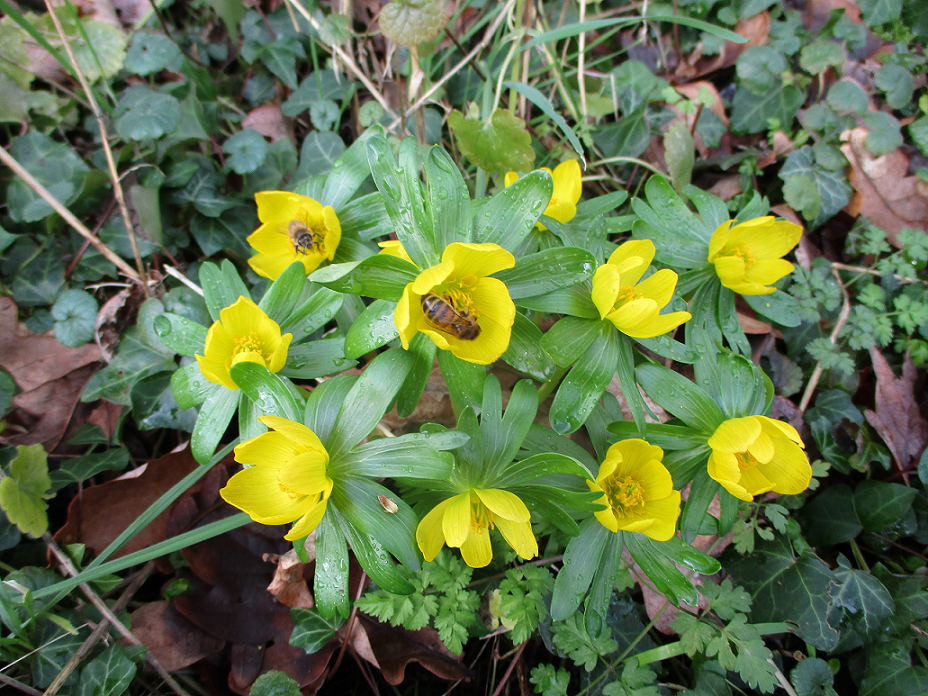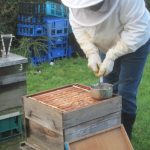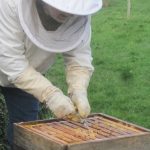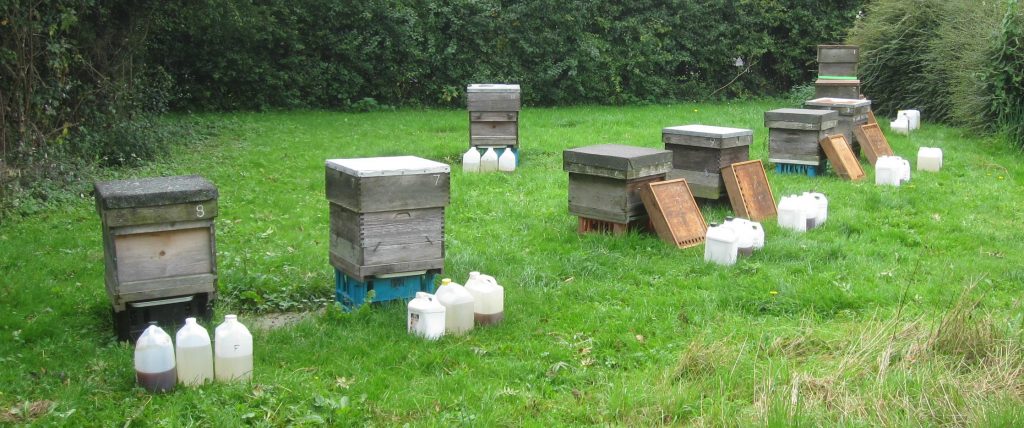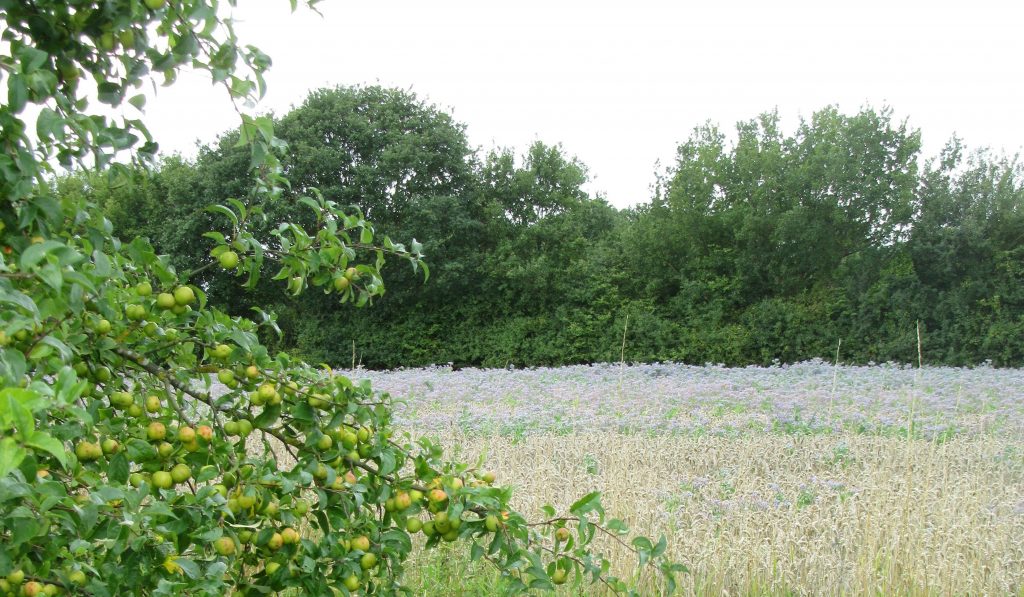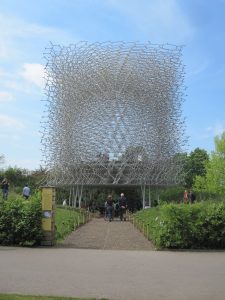All the healthy hives were autumn-fed with a 50:50 mix of Apikel and waste honey from extracting. Hive 3 turned its nose up at the bulk of it and stopped taking it down when it was only partially used. Life was too short to try and work out the reason so I just went by the adage that the bees always know best. I cleared their feeder of bees and moved it to hive 8 who had gratefully received their initial sustenance.
Hives 10 & 11 had both sac brood and bald brood. There is no cure for these other than trying requeening so they were moved away from the apiary and given no winter-feed. They were now small colonies so were left for nature to take its course.
On November 1st all hives received an oxalic acid sublimation and the varroa drop trays were left in place. There was still a not insignificant varroa drop so all hives 1 to 8 were given an oxalic dribble treatment at the start of December.
Hive 10 soon succumbed to the winter weather so that was removed from the apiary, cleaned out and then give the 7 day acetic acid disinfection treatment. Hive 11 however, built up to such an extent that they were across 8 frames when they were given an oxalic acid dribble treatment. All that without getting any extra winter feed.
The huge wild plum is on flower again and the aroma and the sound of bees all over it is simply witness to the amazing creation which we all share.
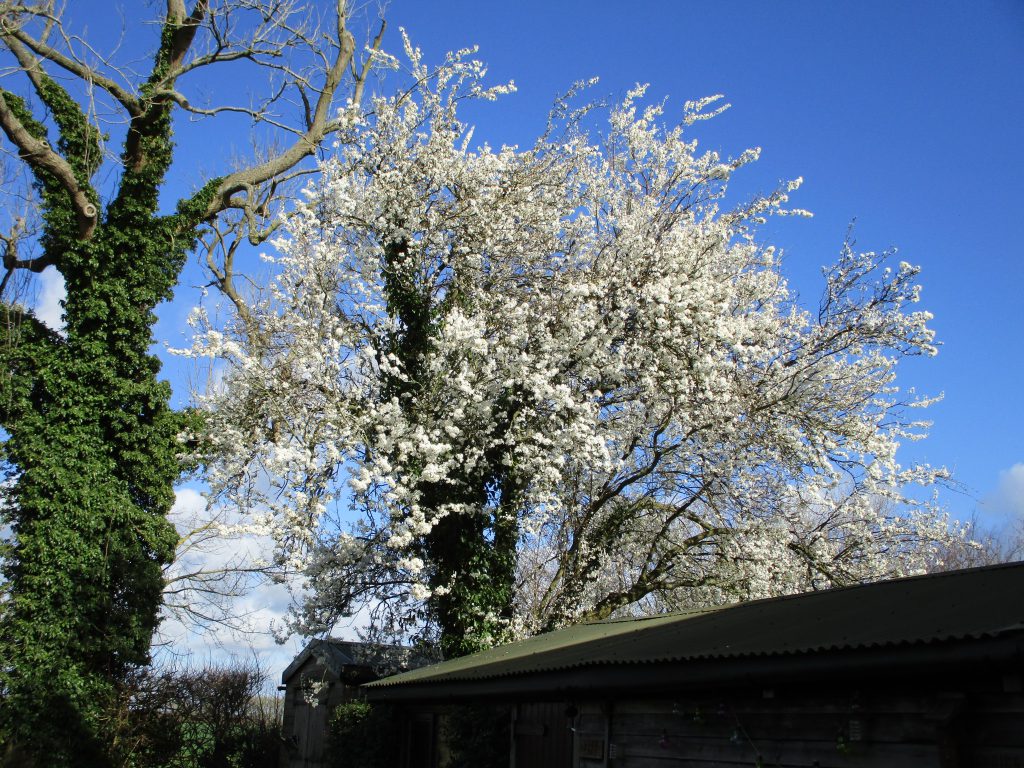
A lure hive has been set up in the spinney again. I caught nothing last year but this year may be different and provide a colony for an apprentice.
Asian hornet is here; no two ways about it. Over 70 nests were found in Kent last year so this year they will cross the Thames. I have started my precautions by making the first of many mouselieres.
Next will be some Jabeprode traps and then maybe some harpes-electronique. Let’s wait and see.


